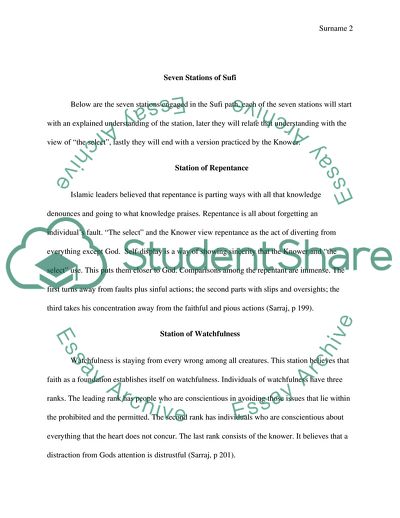Cite this document
(Seven Stations of Sufi Assignment Example | Topics and Well Written Essays - 1750 words, n.d.)
Seven Stations of Sufi Assignment Example | Topics and Well Written Essays - 1750 words. https://studentshare.org/religion-and-theology/1769748-mysticism
Seven Stations of Sufi Assignment Example | Topics and Well Written Essays - 1750 words. https://studentshare.org/religion-and-theology/1769748-mysticism
(Seven Stations of Sufi Assignment Example | Topics and Well Written Essays - 1750 Words)
Seven Stations of Sufi Assignment Example | Topics and Well Written Essays - 1750 Words. https://studentshare.org/religion-and-theology/1769748-mysticism.
Seven Stations of Sufi Assignment Example | Topics and Well Written Essays - 1750 Words. https://studentshare.org/religion-and-theology/1769748-mysticism.
“Seven Stations of Sufi Assignment Example | Topics and Well Written Essays - 1750 Words”. https://studentshare.org/religion-and-theology/1769748-mysticism.


